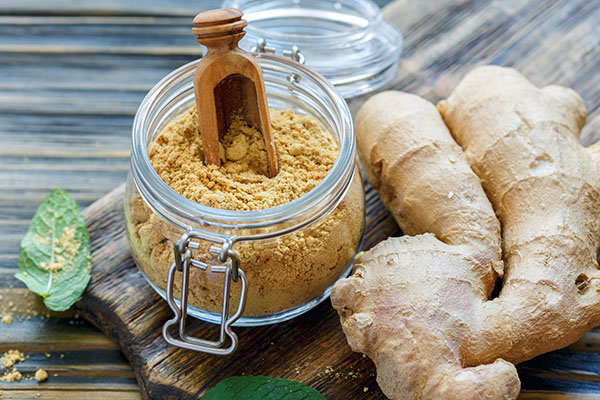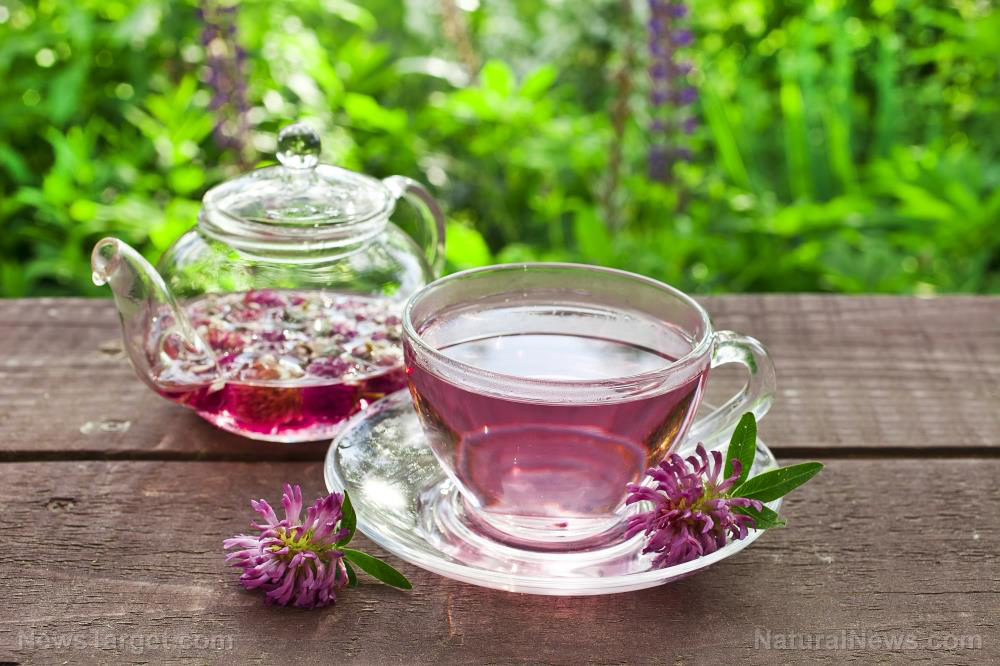Exploring "The Green Pharmacy": A journey into nature's medicine cabinet with James A. Duke
- James A. Duke's "The Green Pharmacy" advocates for medicinal plants ("botanicals") as safer, often more effective alternatives to synthetic drugs, challenging the dominance of the pharmaceutical industry.
- While pharmaceuticals are stronger, herbs like ginger outperform them in applications (e.g., motion sickness) with fewer side effects. Duke calls for more research to compare their efficacy.
- Herbal medicine carries risks – misidentification (e.g., poison hemlock vs. wild parsley) and misuse can be dangerous. Pregnant individuals should avoid certain herbs (e.g., feverfew) and limit caffeine.
- Duke highlights herbs for ailments: Hawthorn for heart health, garlic for allergies, eucalyptus for bronchitis and clove oil for altitude sickness. Gardening medicinal herbs (basil, lavender) is encouraged.
- The book is a guide to self-reliance, promoting plant-based healing as a holistic, economical and empowering approach to wellness.
In a world where the pharmaceutical industry often dominates the healthcare landscape, a groundbreaking book by James A. Duke, "
The Green Pharmacy: The Ultimate Compendium of Natural Remedies from the World's Foremost Authority on Healing Herbs," offers a compelling alternative. This comprehensive guide delves into the world of medicinal plants, challenging conventional wisdom and inviting readers to reconsider the healing power of nature.
Traditionally, an herb is defined as a nonwoody plant that dies down to its roots each winter. However, this definition falls short when considering the diverse flora of regions like the Amazonian rainforests. To encompass the full spectrum of medicinal plants, Duke adopts a broader term: "botanicals." This includes not only herbs but also trees, shrubs and various plant parts such as barks and roots. The key criterion is their medicinal properties, regardless of their botanical classification.
The pharmaceutical industry, driven by the need for patentable compounds, often extracts active ingredients from herbs, modifies them and sells them as new drugs. This practice, while profitable, overlooks the potential of the original plants.
Studies have shown that herbs like ginger can outperform pharmaceuticals in specific applications, such as preventing motion sickness, with fewer side effects. While pharmaceuticals are generally stronger, their potency often comes with a higher risk of adverse reactions.
Duke emphasizes the need for more comparative research between herbs and drugs. Until then, the question of which is superior remains open.
However, the evidence suggests that many Americans might not be receiving the best possible treatment. "The Green Pharmacy" offers a more economical and safer alternative, particularly for those seeking to minimize pharmaceutical reliance.
While herbal medicine is generally safer than conventional treatments, it is not without risks.
The key to safely harnessing the power of herbs lies in education and caution.
Consumers must ensure they are using the correct plants, understand their properties and consult with knowledgeable practitioners. Misidentification can be dangerous; for example, poison hemlock closely resembles wild parsley but is lethal.
Pregnant individuals should exercise particular care, as certain herbs can increase the risk of miscarriage. Maine herbalist Deb Soule advises against using barberry root bark, cascara sagrada and feverfew, among others. Additionally, limiting caffeine intake is crucial, as it can double the risk of spontaneous abortion.
Duke's book provides a wealth of information on using herbs to treat specific conditions. For cardiac arrhythmia, hawthorn stands out as a traditional heart tonic that improves circulation and reduces the heart's oxygen needs. Coenzyme Q10 and magnesium also show promise.
For bronchitis, honeysuckle and forsythia are recommended, while eucalyptus oil is endorsed for its expectorant properties. Garlic's antiviral and antibacterial properties make it a valuable preventive measure, and mullein helps with phlegm.
Allergies, often triggered by histamine, can be managed with garlic and onion, which contain quercetin. Ginkgo interferes with platelet-activating factor, and stinging nettle and chamomile preparations are effective for nasal and skin allergies, respectively.
Altitude sickness, a concern for outdoor enthusiasts, can be alleviated with clove oil, garlic, horsebalm and reishi mushroom. Carpal tunnel syndrome, a repetitive motion injury, can be addressed with willow bark, chamomile, pineapple and red pepper.
Growing your own medicinal herbs is both feasible and rewarding. Whether you have a garden or just a windowsill, you can cultivate plants like basil, chives, dill and lavender. Gardening not only provides a source of fresh herbs but also offers therapeutic benefits.
"The Green Pharmacy" is a call to rethink our approach to health and wellness.
By embracing the natural remedies offered by the plant world, we can take control of our health and explore a more holistic path to healing. As Duke's work demonstrates, the Green Pharmacy is a treasure trove of knowledge that empowers us to make informed choices about our well-being.
Watch this video about James A. Duke's book "The Green Pharmacy: The Ultimate Compendium of Natural Remedies from the World’s Foremost Authority on Healing Herbs."
This video is from the
BrightLearn channel on Brighteon.com.
Sources include:
Brighteon.ai
Brighteon.com












